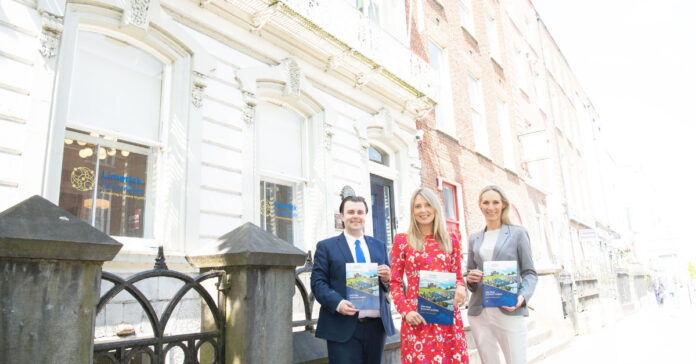
AVERAGE house prices in the Mid West have risen 6.7 per cent year on year, according to figures in Limerick Chamber’s Mid-West Economic Insights (MWEI) spring 2023 report.
The average house price in Limerick City is now €250,000, an increase of 2.1 percent year on year.
In the county, a house would set buyers back an average of €301,000, up 23.7 per cent on the same time in 2021.
Nationally, the average house price was €363,000, an increase of 7.1 per cent year on year.
The MWEI report also found that there was an increase in the number of homes granted planning permission in 2022, with 1,808 homes granted permission in Limerick in that year, an increase of 12.3 per cent on the previous year.
Across the Mid West there was a mixed bag, with Clare registering an increase of homes granted permission (606 in 2022 compared to 605 in 2021), while Tipperary saw a decrease in the number of homes granted planning permission (769 in 2022, 1,170 in 2021).
40 per cent of the homes granted permission in Limerick in 2022 were apartments, while 38 per cent were homes in housing estates.
Elsewhere in the Mid West, the number of approved plans for apartments fell from 19.4 per cent in Tipperary in 2021 to 5.5 percent in 2022.
The figure also dropped in Clare with just 26 apartments being granted permission in 2022, compared to 45 the year before.
However, as the report states, the number of planning permission grants does not guarantee that these homes will ultimately be delivered.
Just 43 per cent of new home transactions went to owner occupiers, down from 78 per cent in 2001.
Nationally, the number of homes that were bought by owner occupiers in 2022 was just 56 per cent, down from 70 per cent in 2018.
The report states that there has been a significant increase in the non-owner occupier sector purchasing homes on previous years.
“The issue is the non-owner occupier sector has increased activity of purchasing homes, while normally the non-owner occupier market is a combination of investment funds and the state for social housing (through local authorities and approved housing bodies), there is little evidence to suggest funds are particularly active in the Mid-West,” the report’s authors state.
“The state must increase direct build of social homes and not rely on purchasing from the private market which introduces competition between the state and potential owner occupiers.”









